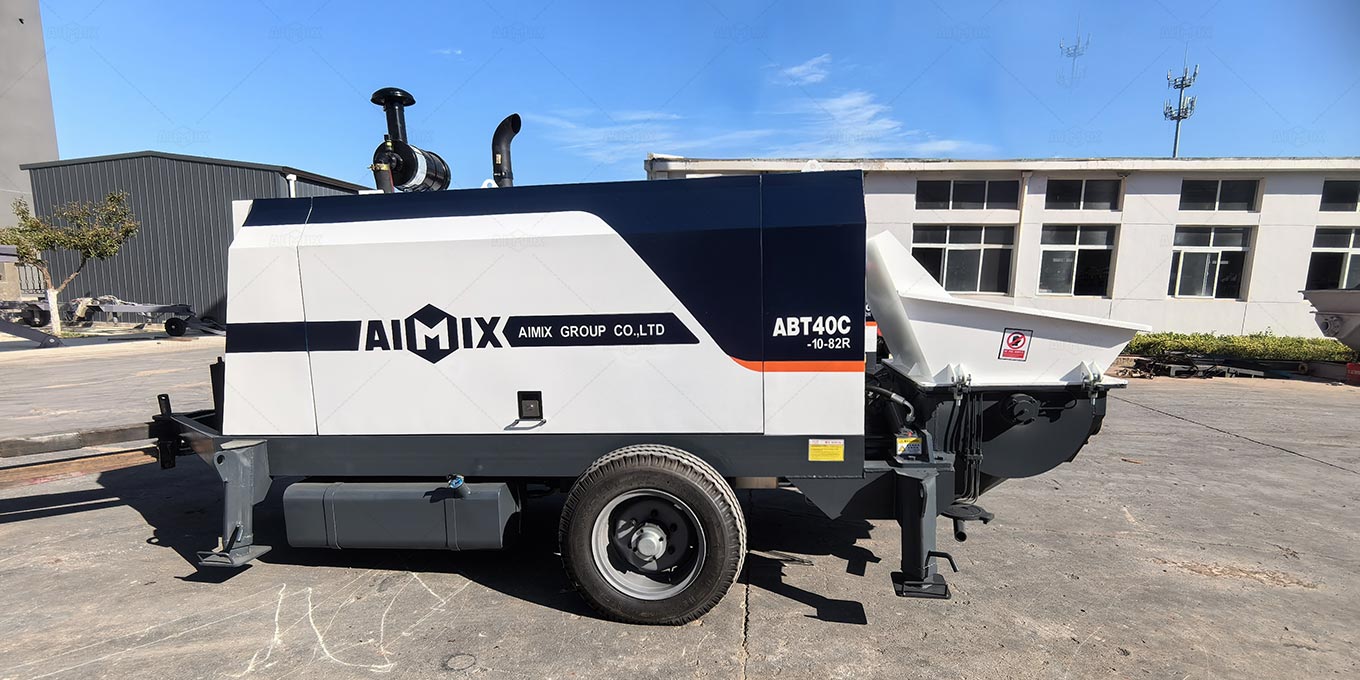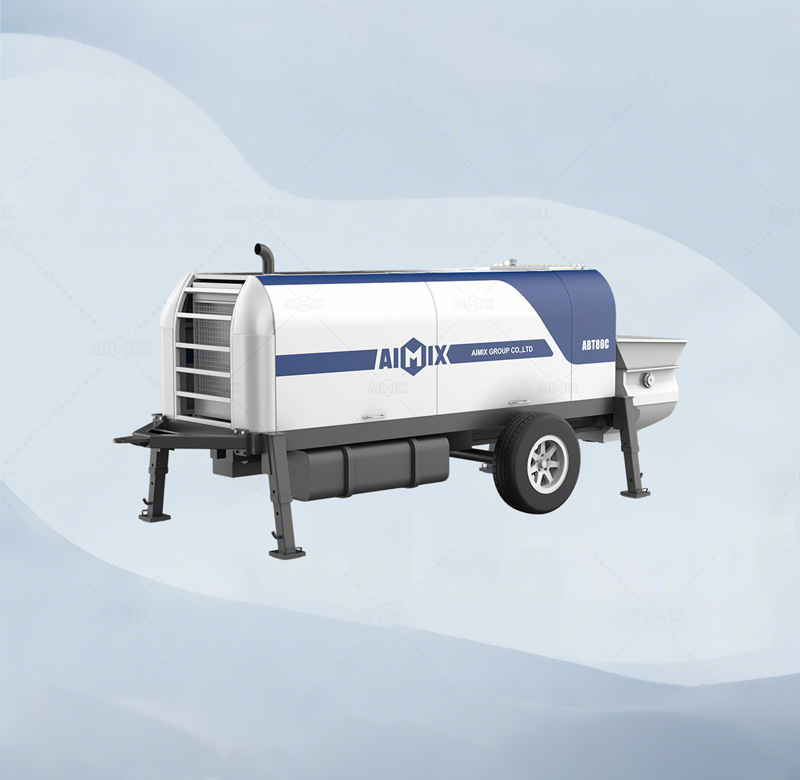In the diverse ecosystem of concrete placement equipment, each machine occupies a specific operational niche defined by its unique capabilities and limitations. The stationary line pump, characterized by its high-pressure hydraulic system and reliance on interconnected pipeline, represents a specialized solution that delivers exceptional value in particular construction scenarios. Unlike its mobile boom pump counterpart, it lacks an articulated arm but compensates with remarkable reach, power, and placement precision. The decision to deploy a stationary line pump for sale is not arbitrary; it is a strategic calculation based on project scale, site constraints, and concrete volume requirements. This analysis delineates the specific project typologies where the inherent advantages of stationary line pumps are most profoundly realized, providing a framework for optimal equipment selection.
High-Volume Vertical Construction: The Domain of High-Rises and Silos
Stationary line pumps excel in environments where concrete must be transported over significant vertical distances with relentless consistency. Their design is fundamentally oriented towards overcoming gravitational force through sustained hydraulic pressure.

High-Rise Building Cores and Shear Walls
The construction of high-rise structures presents a quintessential application for stationary line pumps. The sequential pouring of elevator cores, shear walls, and columns demands a continuous, high-pressure concrete supply that can reach elevations often exceeding 50 stories. A stationary pump for concrete, typically coupled with a sophisticated pipeline system that is “jumped” upward as the structure rises, provides an uninterrupted flow of material. This methodology is vastly more efficient than using a crane and bucket, offering a superior pour rate and ensuring the structural homogeneity of critical load-bearing elements. The operational paradigm here is one of sustained output, where the pump’s ability to maintain constant pressure over long vertical lifts is its defining attribute.
Industrial Silos, Silos, and Chimneys
Similar to high-rises but often with even more demanding placement requirements, the construction of industrial silos and tall chimneys benefits immensely from the precision of a line pump. These structures often involve continuous slip-forming operations, where concrete must be placed 24/7 as the formwork gradually rises. The stationary line pump is the only equipment capable of matching this relentless pace, delivering a consistent mix to great heights without interruption. Its use mitigates the risk of cold joints and ensures the monolithic integrity of these specialized structures, where any failure in the concrete supply chain would have catastrophic consequences for the project timeline and structural soundness.

Complex and Congested Site Topographies
Beyond sheer height, stationary line pumps provide an unparalleled solution for navigating complex horizontal obstacles and confined spaces where traditional equipment cannot operate.
Subterranean and Basement Construction
For deep basement levels, underground parking garages, and tunnel works, the stationary concrete trailer pump for sale is an indispensable tool. Its pipeline can be routed down access shafts, through narrow passageways, and around existing obstructions with a flexibility that a boom truck cannot match. The machine can be set up at street level and pump concrete several hundred feet horizontally and down multiple levels to the point of placement. This capability eliminates the need for complex and costly access ramps for ready-mix trucks, enhancing site safety and minimizing excavation requirements. The pump’s ability to traverse subterranean labyrinths makes it the default choice for below-grade concrete placement on dense urban sites.
Projects with Significant Horizontal Reach Requirements
Certain projects are defined not by their height but by their sprawling footprint. Pouring a foundation for a large warehouse, an airport runway extension, or a bridge abutment located far from accessible roadways are prime examples. A stationary line pump, equipped with a sufficient diameter pipeline, can transport concrete over horizontal distances of well over a thousand feet. This reach allows a single pump setup to service a massive area, eliminating the need to constantly reposition equipment or establish multiple pour sites. The logistical simplification and time savings in these scenarios are substantial, making the line pump a catalyst for efficiency on expansive, open-site projects.
Specialized and Sensitive Concrete Applications
The controlled delivery mechanism of a stationary line pump also makes it the preferred equipment for applications requiring a delicate touch or specific mix designs.
Placing Heavy-Duty and Specialty Mixes
Not all concrete is created equal. Mixes designed for extreme durability, such as those containing heavy aggregates or specific fibrous reinforcements, can be challenging to place. The high-pressure, positive displacement action of a stationary line pump is uniquely capable of handling these dense, low-slump mixes without segregation. It provides the necessary force to push the material through the pipeline where other systems might fail, ensuring the mix’s designed properties are maintained from the truck to the formwork.
Applications Demanding Minimal Vibration and Precision
In settings where structural integrity is paramount or where existing structures are adjacent, the precision of a mini concrete pump is invaluable. The controlled flow of concrete at the end of the hose allows operators to place material with pinpoint accuracy into complex formwork or heavily reinforced sections, minimizing the need for subsequent vibration and reducing the risk of honeycombing. This makes it ideal for sensitive applications like nuclear facility construction, precision precast yard operations, or retrofitting and repair work where disturbing adjacent elements is not an option. The stationary line pump, therefore, is not merely a tool for moving concrete, but an instrument for ensuring the highest standards of placement quality and structural performance.
